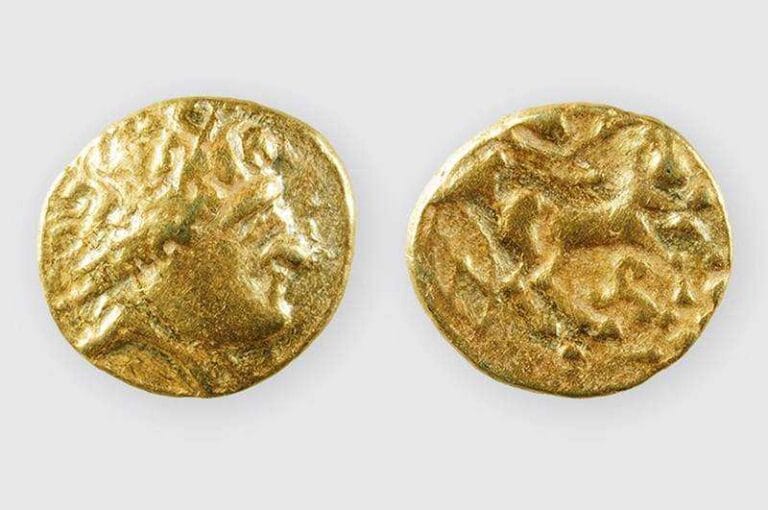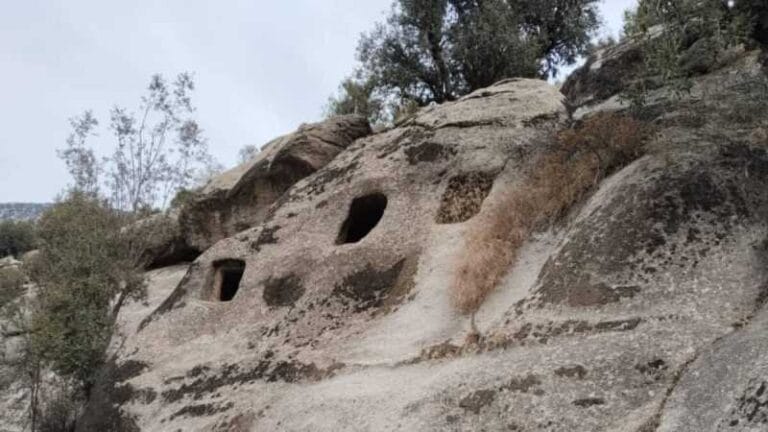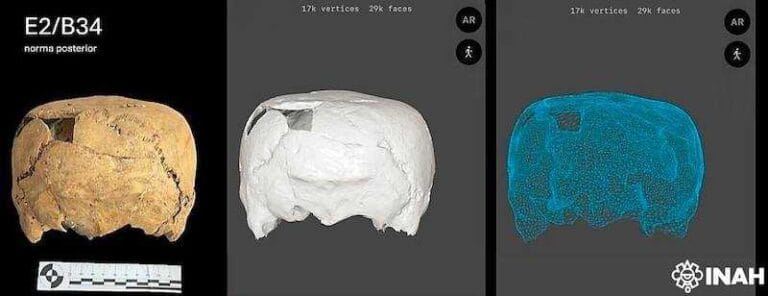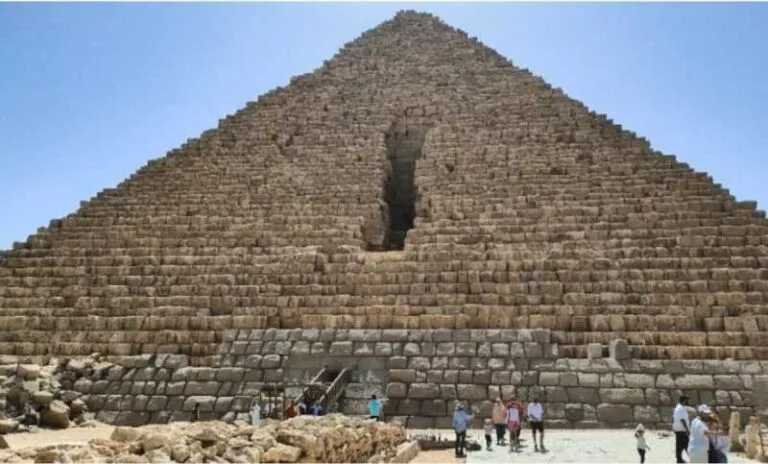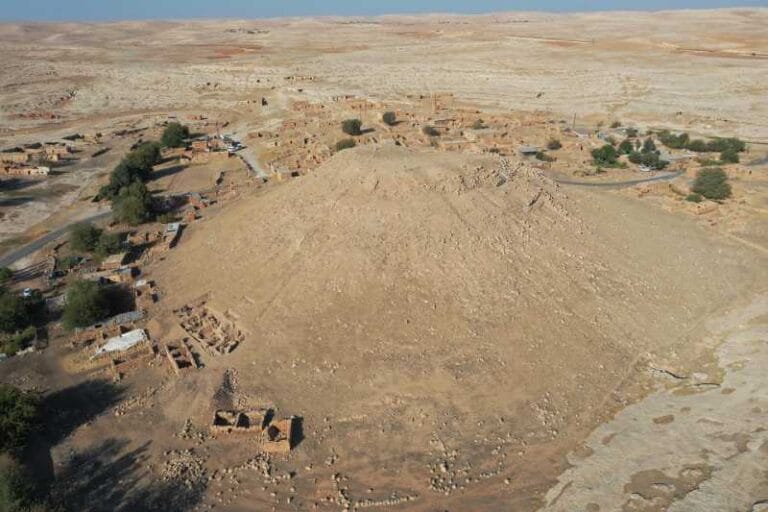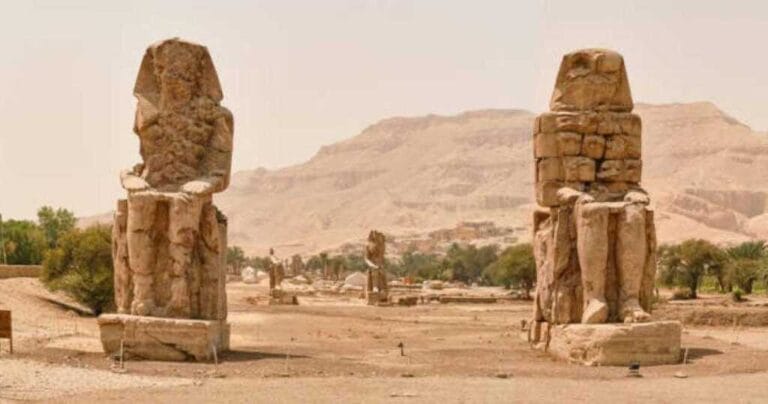Teeth from 300,000 years ago suggest interbreeding between Homo sapiens and Homo erectus.
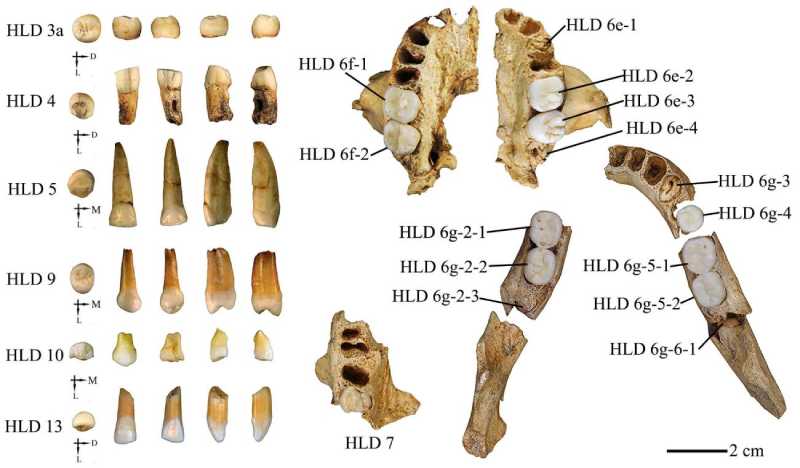
A new study conducted by Chinese and Spanish scientists analyzed teeth estimated to be around 300,000 years old, discovered in southern China, and found in them an unexpected combination of primitive and modern features. The finding reinforces the idea that Asia was the scene of complex evolutionary interbreeding, far beyond what was previously assumed.
The teeth were excavated at the Hualongdong archaeological site in Anhui Province and belong to a hominin not yet precisely identified. What stands out most is the mixture of traits typical of Homo erectus—such as robust dental roots—with more advanced features like small third molars and smooth tooth surfaces, similar to those of Homo sapiens.
According to the authors of the study, published in the Journal of Human Evolution, this anatomical combination indicates that different parts of the human body evolved at different rates. “It’s as if the evolutionary clock ran at different speeds,” noted María Martinón-Torres, co-author of the study and director of the National Research Center on Human Evolution (CENIEH) in Spain.
In addition to the teeth, other remains from the same individual show the same hybrid pattern: a face resembling Homo sapiens, but a jaw and limbs more similar to Homo erectus. This suggests that the inhabitants of Hualongdong belonged to a distinct lineage, likely the result of interbreeding between archaic species and more modern groups.
Another point that puzzles scientists is the absence of typical Neanderthal or Denisovan traits in the fossils. This may indicate that the Hualongdong hominins were part of a previously unknown lineage, one that existed parallel to those that gave rise to modern humans.
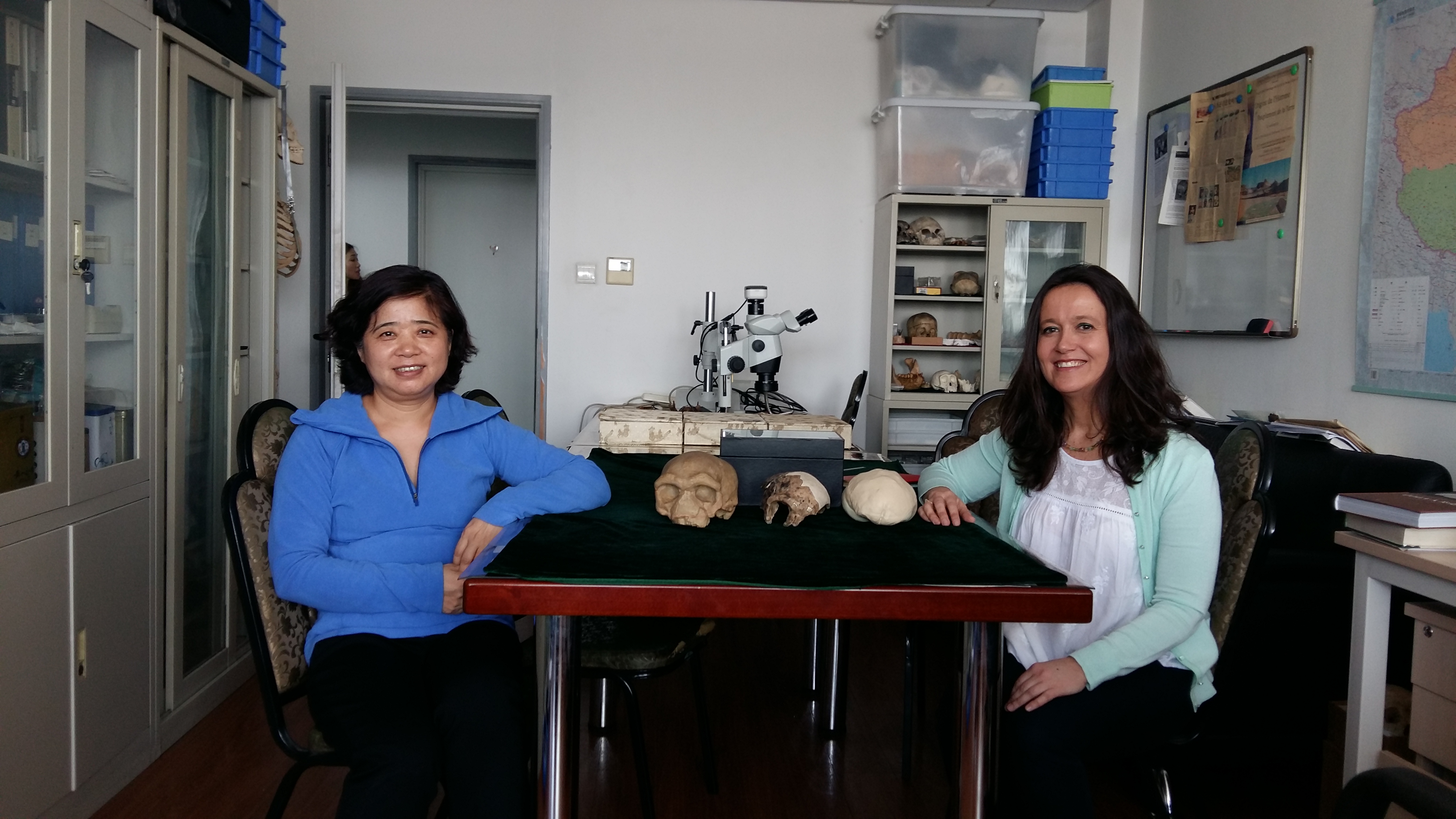
This hypothesis gains strength with recent discoveries in the region, such as Homo luzonensis (Philippines), Homo longi (northern China), and Homo juluensis (southern China), all dated between 300,000 and 150,000 years ago. Together, these findings point to a much more diverse scenario in Asia than previously imagined by traditional paleoanthropology.
The teeth analyzed at Hualongdong, for example, exhibit occlusal patterns and grooves on the premolars similar to those of Homo sapiens, even though they are much older than the earliest fossils recognized as modern outside Africa. This suggests that typical traits of our species may have arisen independently in different regions.
For the researchers, the finding is a reminder that human evolution did not follow a straight line. “The discovery at Hualongdong shows that the Asian continent was a true evolutionary laboratory during the Middle Pleistocene,” said José María Bermúdez de Castro, paleobiologist and co-author of the study.
Despite uncertainties about the exact identity of this hominin, the study reinforces the importance of expanding excavations in less explored sites in Asia. Regions such as Panxian Dadong and Jinniushan have also revealed fossils with characteristics that do not easily fit into current categories.
Publication: Wu, X., Martinón-Torres, M., Xing, S., Pei, S., Cai, Y., Tong, H., … Liu, W. (2025). The hominin teeth from the late Middle Pleistocene Hualongdong site, China. Journal of Human Evolution, 206(103727), 103727. doi:10.1016/j.jhevol.2025.103727

